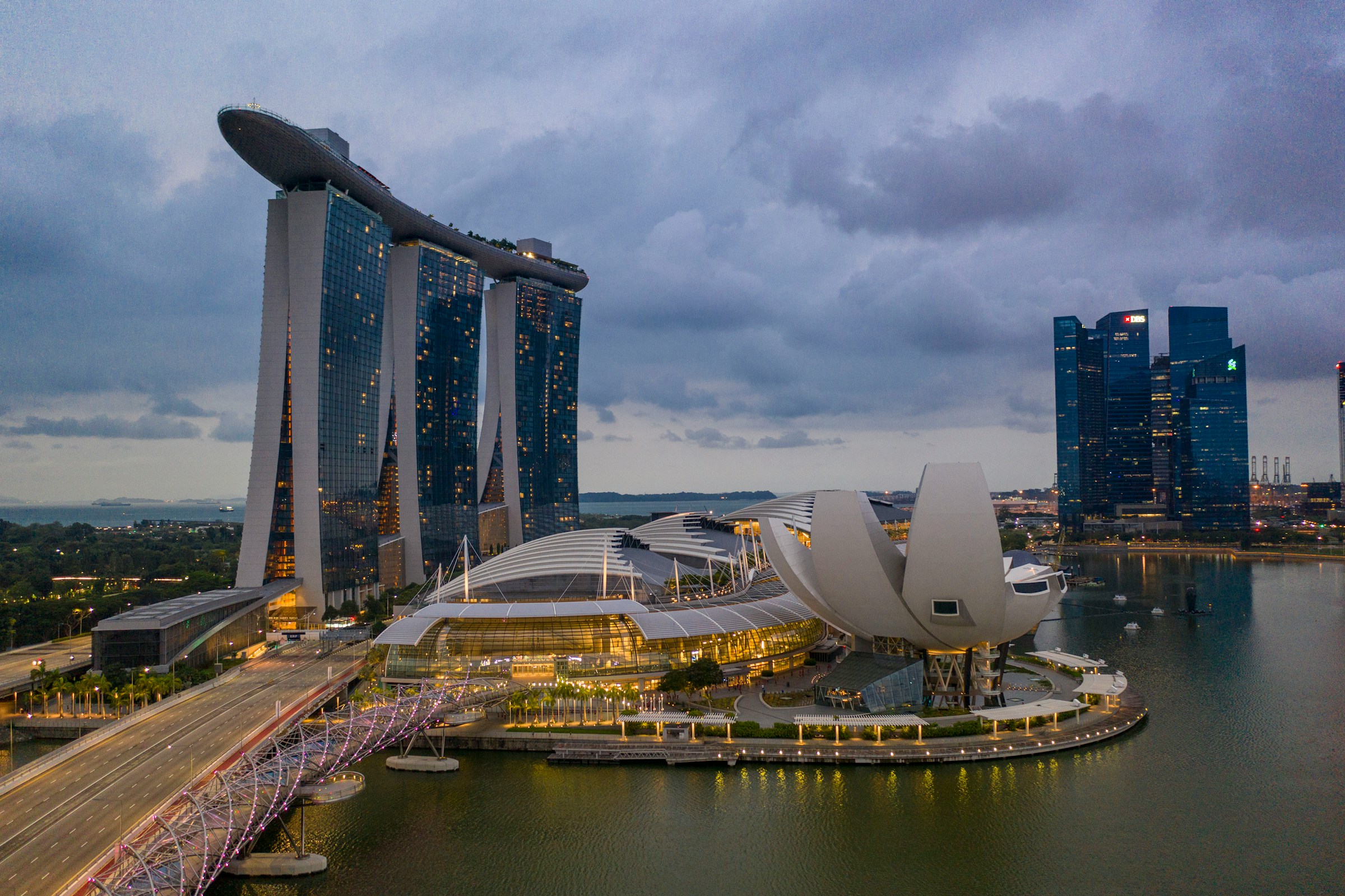While regional markets posted mixed closes, Singapore’s Straits Times Index (STI) carved out a notable gain on July 21, closing at a fresh high of 4,207.13. It was a technical move, yes—but one that now sits atop a deeper capital structure reshuffle within the Singapore equity space. This isn’t just a rally. It’s a repositioning signal.
Small- and mid-cap names, typically underweighted in institutional portfolios, are drawing renewed attention from allocators. Phillip Securities’ Paul Chew framed it as the “first wave of re-rating.” But institutional capital knows how to read sequence. The next wave, if it materializes, will not come from sentiment—it will come from state-aligned stimulus.
That stimulus may arrive in the form of the Monetary Authority of Singapore’s (MAS) $5 billion Equity Market Development Programme (EMDP), which Chew notes is likely to be deployed in tranches. While that figure is modest by global sovereign standards, the signaling effect is disproportionate. MAS-backed intervention in the equity market, particularly one aimed at supporting domestic listings and enhancing liquidity, marks a rare alignment of regulatory intent and capital incentive.
The EMDP isn’t just a liquidity infusion. It’s a reputational commitment to the vibrancy of Singapore’s equity ecosystem—long seen as secondary to its more internationally prominent fixed-income and FX markets. If even a portion of those funds are channeled toward market-making or anchor investor activity, it could recalibrate valuation norms across overlooked segments of the index.
That’s especially significant when viewed against the backdrop of uneven regional performance. The FTSE Bursa Malaysia KLCI slipped 0.1 percent. The ASX 200 in Australia fell 1 percent. Meanwhile, the Hang Seng Index and Kospi each gained 0.7 percent. Singapore’s relative outperformance here—modest in percentage terms, but sustained in directional conviction—reflects a decoupling from broader regional volatility. Investors are recalibrating not just for growth, but for signaling safety and institutional clarity.
Yet that signal remains partial. STI’s top performer, Frasers Logistics and Commercial Trust, rose 3.5 percent, while Wilmar International dipped 1 percent. Market breadth favored gainers over losers, but the spread was still narrow. The heavy activity in Thai Beverage—flat on the day despite 51 million shares traded—suggests tactical positioning over long-term reallocation.
So what are institutional allocators watching?
Earnings. Not just beats and misses, but revisions and forward guidance posture. If the upcoming earnings cycle confirms operational resilience—particularly in cash flow, margin expansion, or dividend signaling—it may trigger the second leg of the capital re-weighting. That’s where sovereign-linked funds and pension allocators tend to enter: not at the signal, but at the confirmation.
This is also where Singapore’s market structure reveals its dual nature. On one hand, it benefits from MAS credibility and a predictable regulatory regime. On the other, it suffers from persistent valuation compression due to liquidity constraints and global underweighting. The EMDP is a structural response to that second problem. But it’s not a quick fix.
What it might enable, however, is the emergence of a broader domestic investor base—particularly if tax, listing, or custodial reforms follow. For now, the institutional thesis is forming: under-owned, state-backed, low-debt equities with regional exposure and improving corporate governance. That is not a momentum trade. That is a reallocation logic.
Singapore’s equity climb isn’t just sectoral optimism—it’s structural repositioning. The EMDP may not move the market by itself, but its deployment signals a shift in the way domestic equities are being capitalized, valued, and institutionally supported. If upcoming earnings align, expect sovereign and pension allocators to follow—not because the rally is convincing, but because the signals are finally coordinated.
More broadly, this reflects Singapore’s quiet transition from being a capital passageway to becoming a capital anchor. Historically, Singapore has served as a transit hub for capital flows seeking Southeast Asian exposure without the volatility of frontier markets. But this rally, if sustained through a credible mid-cap re-rating cycle, could mark the beginning of its local equity market being treated not merely as a proxy—but as a position in its own right.
This has implications beyond listed equities. Real estate investment trusts (REITs), infrastructure-linked entities, and dividend-stable industrials stand to gain as part of a regional income allocation rotation. If sovereign-linked deployment proves durable, it could also set expectations for a more activist capital stewardship regime within Temasek-linked entities—something foreign institutional investors have long waited for but rarely priced in.
Singapore’s market may be small, but the strategic capital posture behind it is evolving. This is structure, not sentiment.














